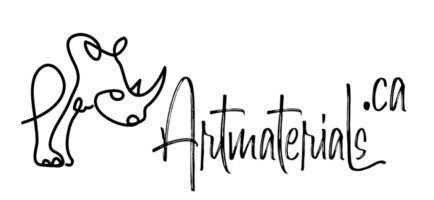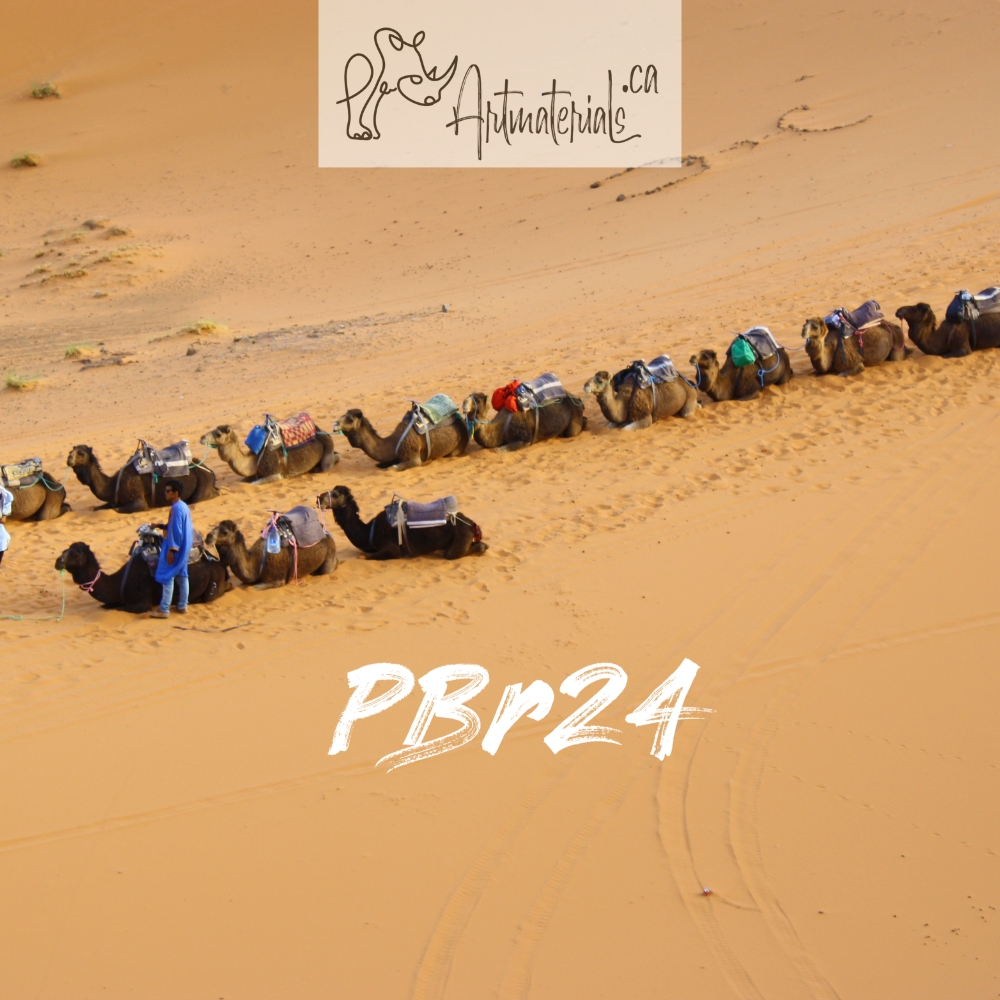Naples yellow is a pigment named after the city of Naples in Italy. The origins of Naples yellow remain unclear, but it’s one of the oldest known pigments. We know it was used by Egyptians as far back as circa 1500 BC to add yellow colour to glass, and originally the pigment was made from lead antimoniate. The first recorded use of ‘Naples yellow’ as a color name in English was in 1738.
The lead-based Naples yellow was toxic and caused lead poisoning among workers who handled it and artists who painted with Naples yellow. So, later, to imitate Naples Yellow, this beautiful pastel yellow colour, without taking health risks, manufacturers started simply mixing titanium white (PW6) with yellow ochre pigments (PY42-43). However, this mixture doesn’t work for artists, who prefer mono-pigment colours. Not so long ago, in 1939, PBr24 Chrome Antimony Titanate was discovered, and in 1967 the production of this wonderful pigment began.
PBr24 is a light valued, yellowish to reddish brown to light golden, orange or tan. It may be slightly staining in watercolours and have fair tinting strength as it already contains some titanium white. As PBr24 is a synthetic (man-made) inorganic pigment, its light-fastness is excellent in all mediums. What about opacity, Chrome Antimony Titanate as most chromium and titanium oxide-based pigments, is quite opaque.
You can find this colour now in my ENL Watercolours. As this pigment has quite low oil absorption, it dries quite fast in oil painting and will be included in my ENL Oil paint collection this year.



























